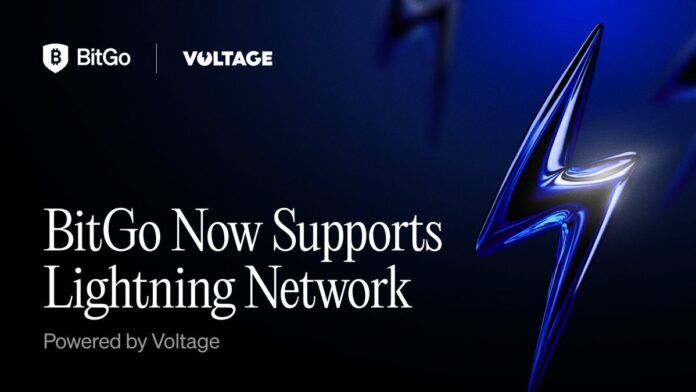Ethereum Network Gas Fees Drastically Decrease, Significantly Reducing User Transaction Costs
Introduction
As decentralized technologies continue to evolve, Ethereum, one of the leading blockchain platforms globally, has long faced concerns over its network gas fees. While Ethereum provides powerful support for decentralized applications (dApps), its high transaction costs have always limited its widespread adoption. In April 2025, after a series of optimizations, Ethereum successfully reduced gas fees significantly. This breakthrough not only alleviated transaction costs for users but also provided new momentum for the popularization and development of blockchain technology.
Core Technologies Behind the Optimization

The core of this optimization lies in the application of two key technologies: ZK-Rollups and enhanced network scalability.
ZK-Rollups is a scalability technology based on zero-knowledge proofs. It allows for batch processing of numerous transactions and submitting them to the Ethereum main chain, significantly increasing the network's processing capacity while maintaining decentralization. ZK-Rollups effectively reduces Ethereum transaction costs, allowing each transaction fee to be significantly lower.
Additionally, by further optimizing the network’s scalability, Ethereum can support more concurrent transactions and smart contract executions without adding extra load on nodes. This improvement not only speeds up transaction processing but also reduces network congestion, further reducing gas fees.
Decline in Transaction Costs and Its Impact

The decrease in transaction gas fees has brought significant changes to the Ethereum network. Users now pay much lower transaction fees when performing operations on various decentralized applications (dApps), making Ethereum more user-friendly and accessible. Previously, due to high gas fees, many small transactions were unfeasible, but now more users can engage in low-cost transactions, even conducting frequent microtransactions.
For developers, the reduction in gas fees has also created more opportunities. Decentralized finance (DeFi), NFTs, and blockchain-based games have become more competitive due to the lower transaction costs. Developers can now build more innovative applications on the Ethereum network without worrying about users abandoning their platforms due to high fees.
Wider Adoption of Decentralized Applications

With the reduction in transaction costs, the adoption of decentralized applications (dApps) has gained new opportunities. Previously, many users were less interested in using dApps due to high gas fees, which limited the development of decentralized applications. However, after the significant reduction in fees, user transaction costs have decreased, lowering the barrier to using dApps and attracting more users to participate.
Moreover, the widespread adoption of decentralized applications has further promoted the development of the Ethereum ecosystem. Developers can more easily build and promote dApps on Ethereum, while user participation has increased, which is crucial for the prosperity of the Ethereum ecosystem.
Future Outlook
The reduction in gas fees on the Ethereum network is just one part of its ecosystem optimization. As more technological innovations and improvements are implemented, the transaction costs on Ethereum may decrease even further. At the same time, more decentralized applications will emerge, promoting the widespread use and development of blockchain technology.
With ongoing technological advancements and growing user demand, Ethereum will not only remain a decentralized application platform but will evolve into an infrastructure platform supporting a variety of innovative applications and services, driving the global economy towards decentralization, transparency, and intelligence.
















No comments yet